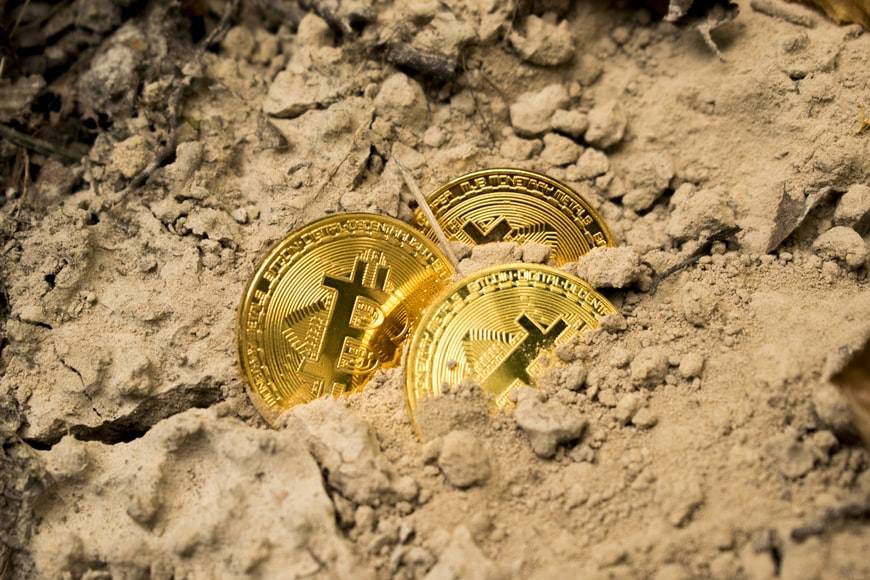On Friday, the financial markets are a sea of crimson as fears over a new coronavirus strain appear to have sapped risk appetite. As investors sold equities and commodities at a record pace, the CBOE Vix index closed at 20.2, while Gold closed at $1,087 an ounce, down 8.04% for the week.
Bitcoin however appears to be weathering this latest bout of volatility rather well. After dropping below $60,000 last Wednesday, the world’s most popular cryptocurrency has steadily climbed, gaining more than 13% over the past week. Bitcoin has dropped below $55,000 on several exchanges at the time of writing.
Technically known as a ‘hard fork’, this latest upgrade involves splitting Bitcoin into two different coins: ‘Bitcoin Cash’ and ‘Bitcoin Gold’. The change in protocols will effectively create duplicate Bitcoin tokens. Traders are concerned that the possibility of getting ‘free’ money could undermine Bitcoin’s value.
The Latest Trends
The latest round of instability follows last month’s UAHF/Segwit2X drama, which saw the price of Bitcoin surging to $7,700 before dropping to $5,800 when the upgrade failed to materialize. This further underlines that the community remains divided over the approach to scaling Bitcoin, with no consensus in sight.
“Bitcoin is approaching its all-time highs from a year ago but has been steadily losing value since May,” Alex Sunnarborg, CFO of Tetra Capital told MarketWatch. “A lot of external factors, such as the recent ICO liquidations, Chinese regulation news, and this fork are helping price discovery.”
“There’s a high amount of uncertainty and disagreement within the community on how to move forward so I wouldn’t be surprised if we saw another leg down after the dust settles,” Sunnarborg said.
However others “have faith” in the strength of Bitcoin’s underlying technology, even if they aren’t fans of its price fluctuations.
“Bitcoin has proven itself to be resilient amid past forks and I think this time will be no different,” Ryan Taylor, CEO of Dash Core said. “There is a solid technical case for each side of the debate (bigger blocks with SegWit, or no SegWit and smaller blocks).”

















